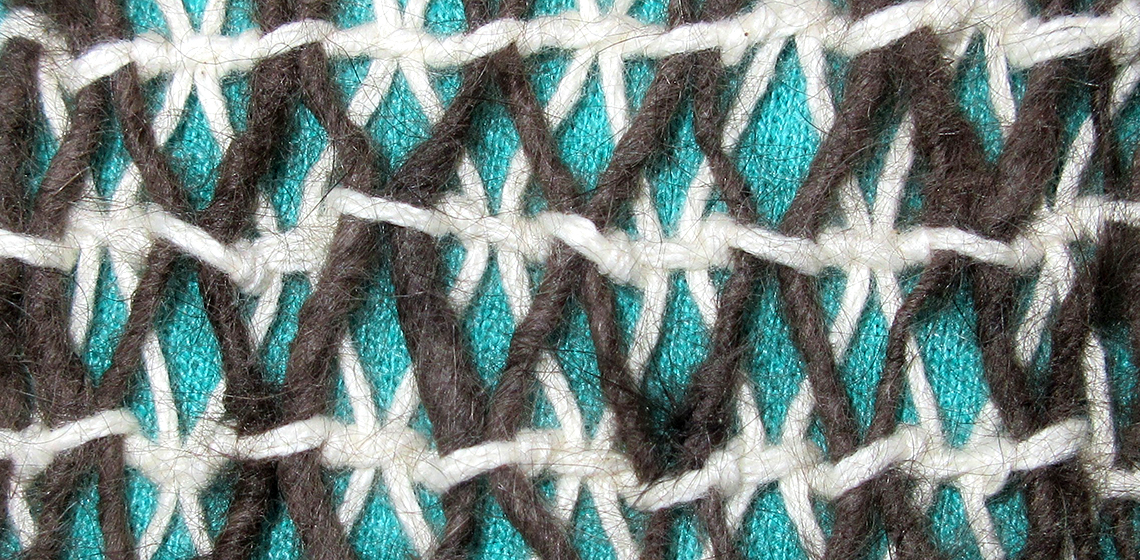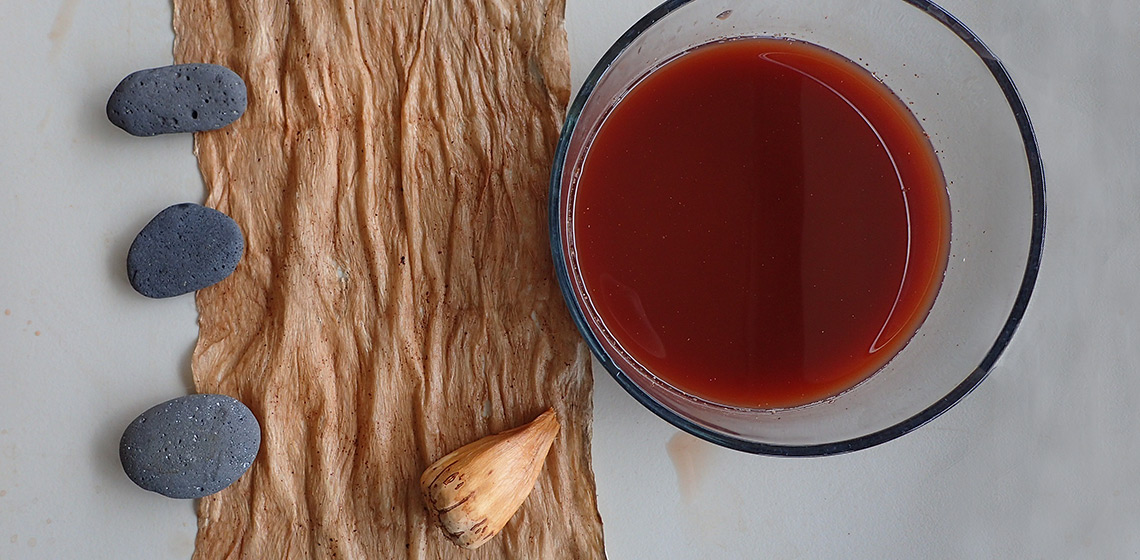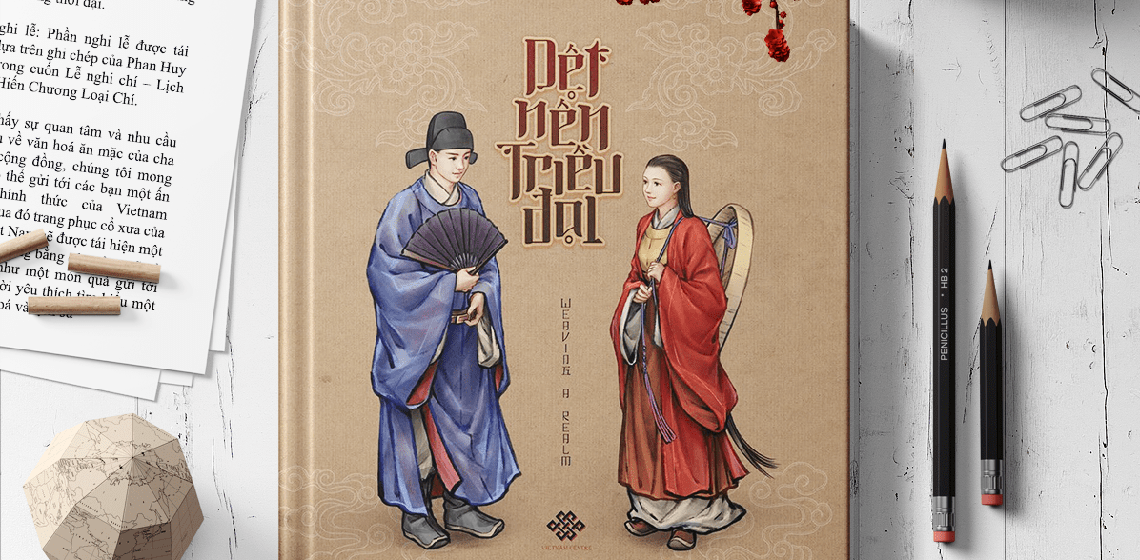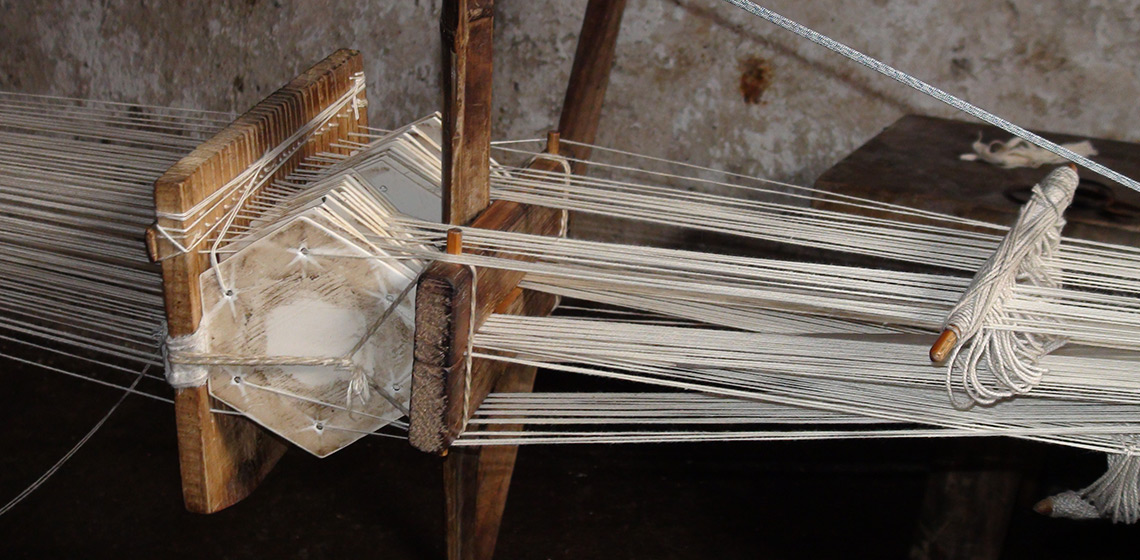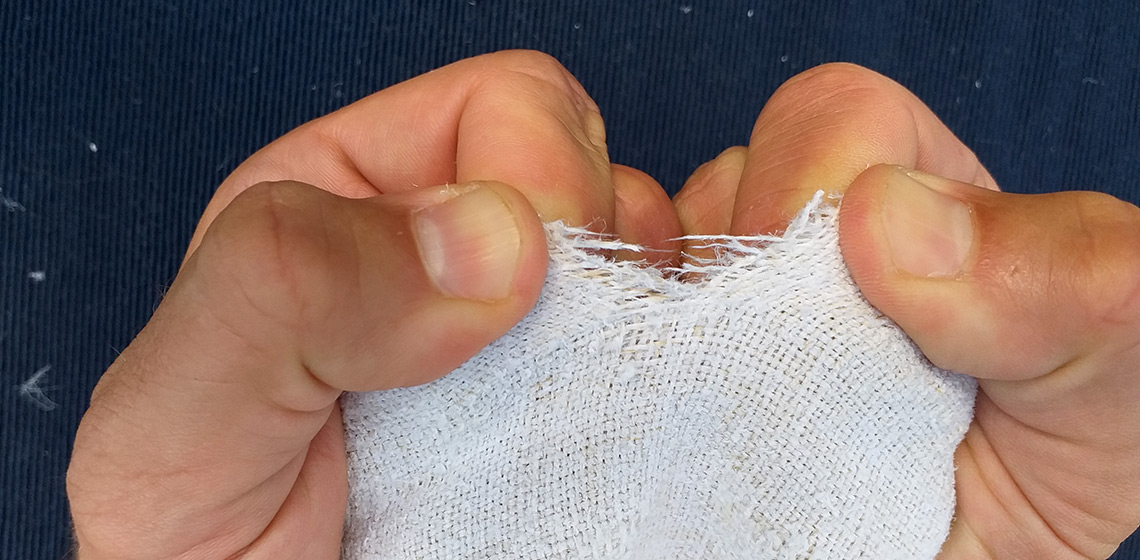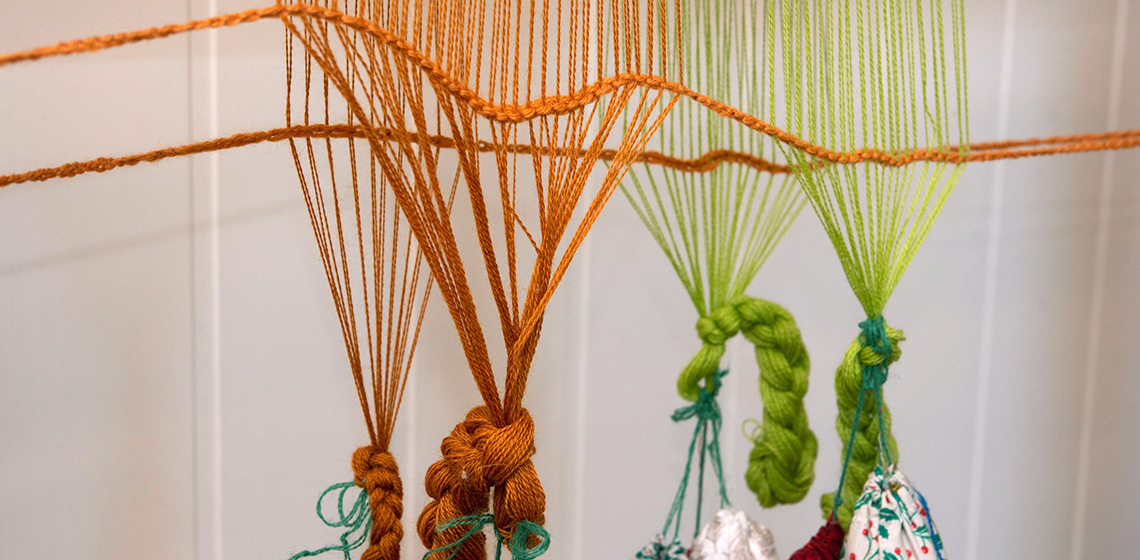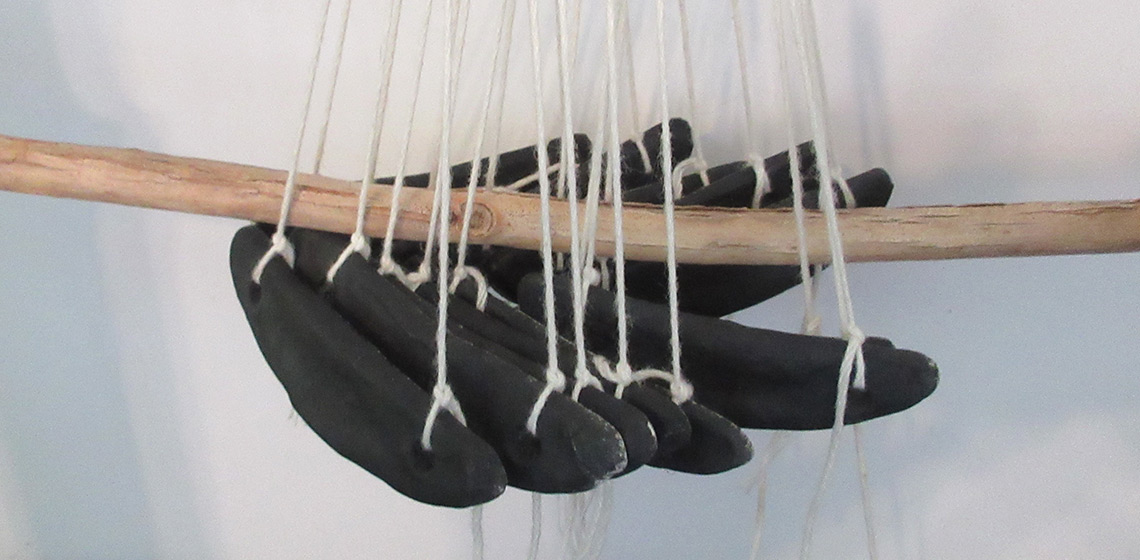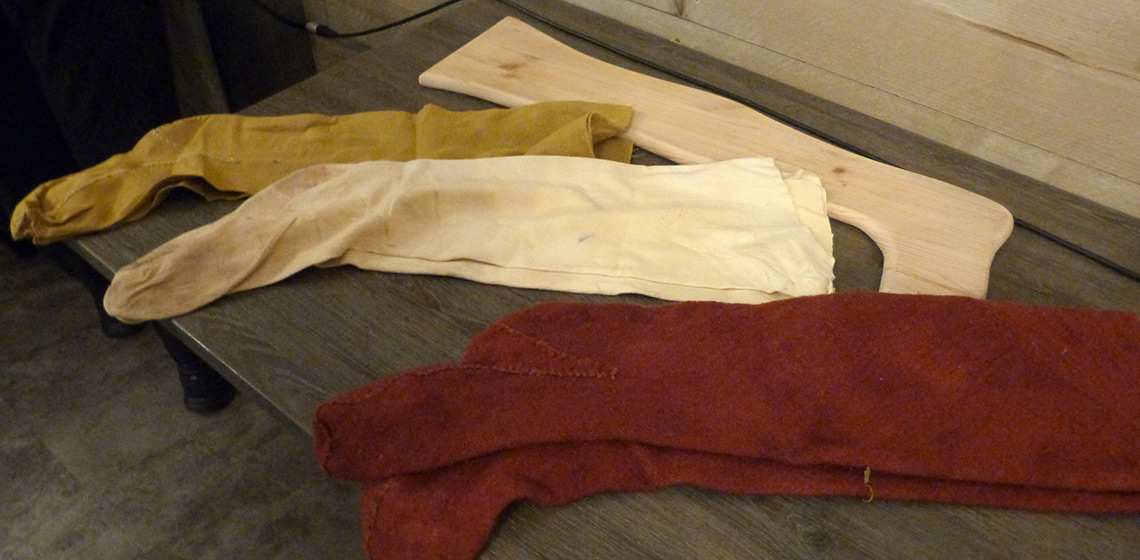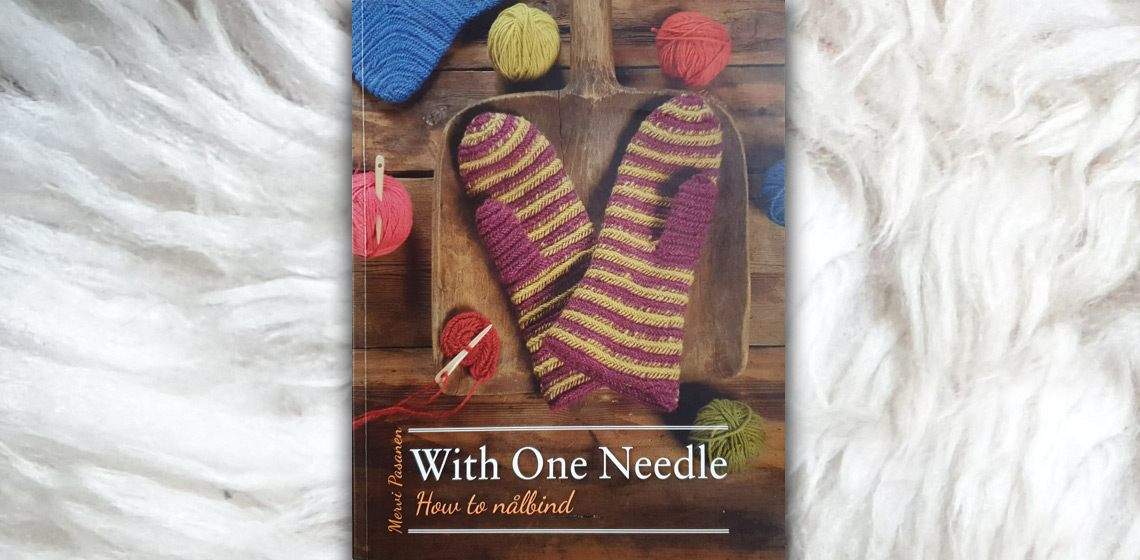More Testing of Mesoamerican Lunate Artifacts as Possible Loom Weights, that also Functioned as Twining Tools
Review of the Research
Research conducted over the past century has conclusively demonstrated that textiles played an important role in Mesoamerica, particularly from the Classic period (AD 250-900) through contemporary cultures.
